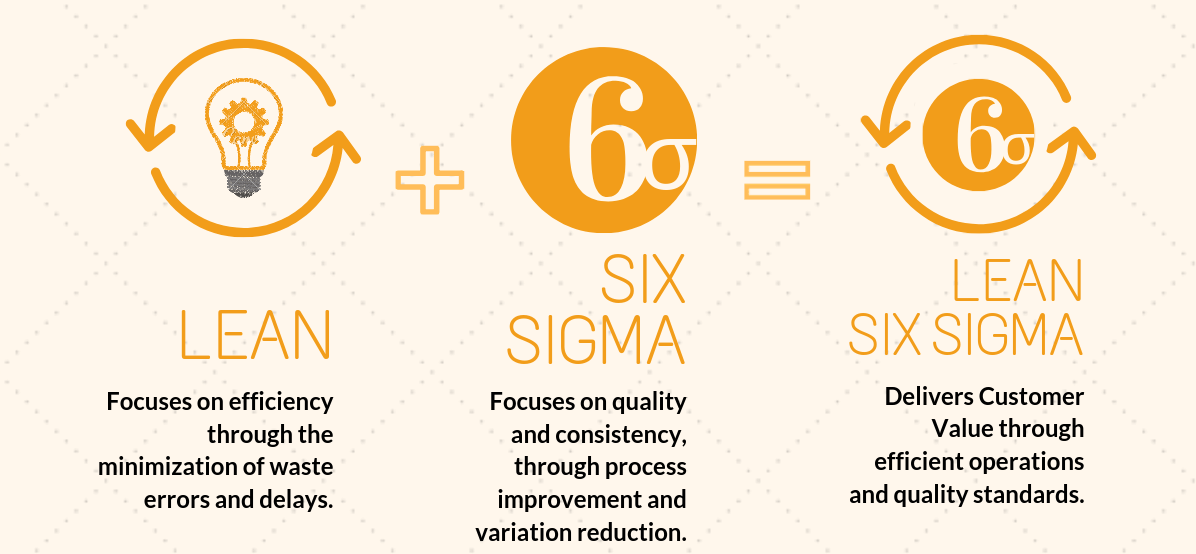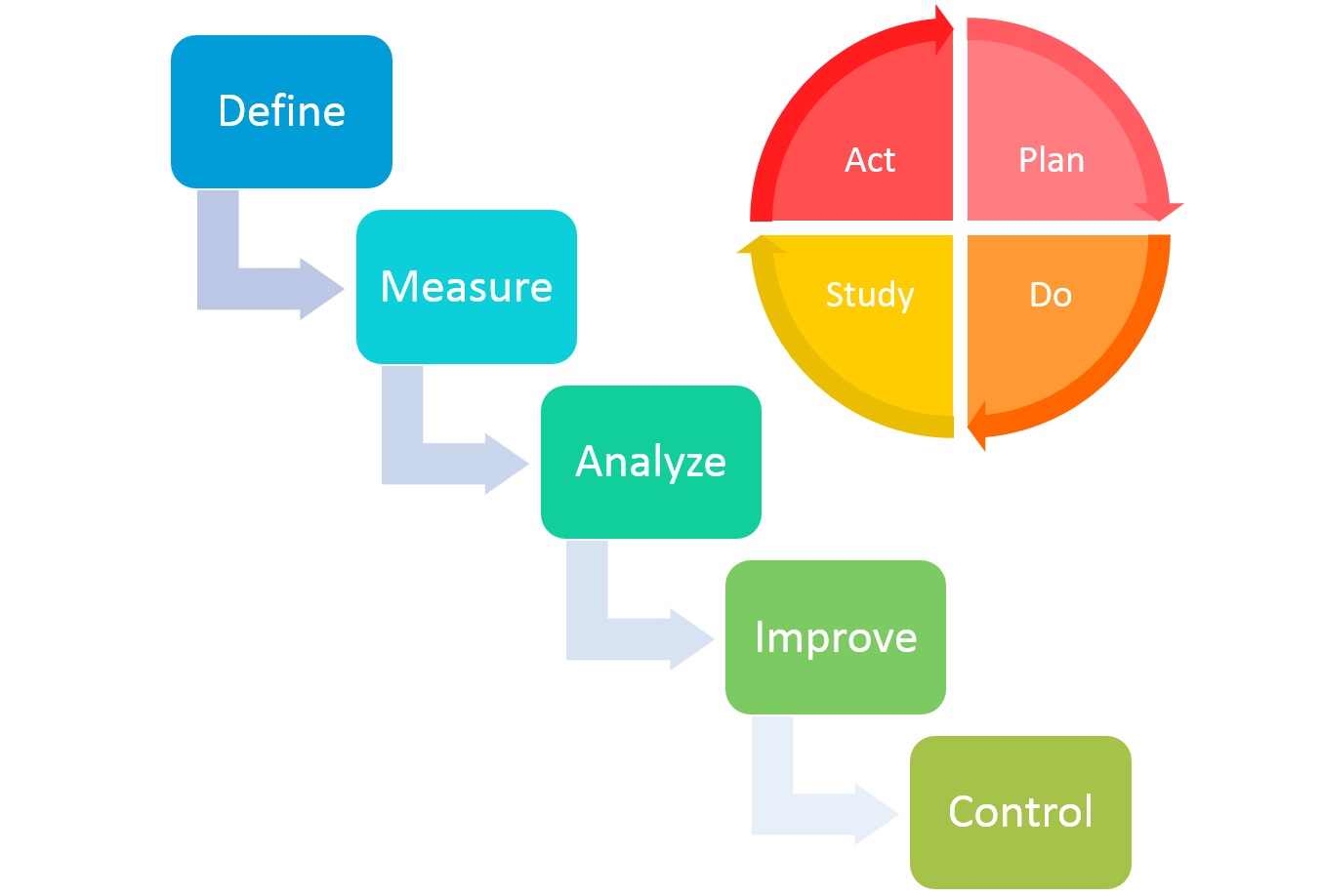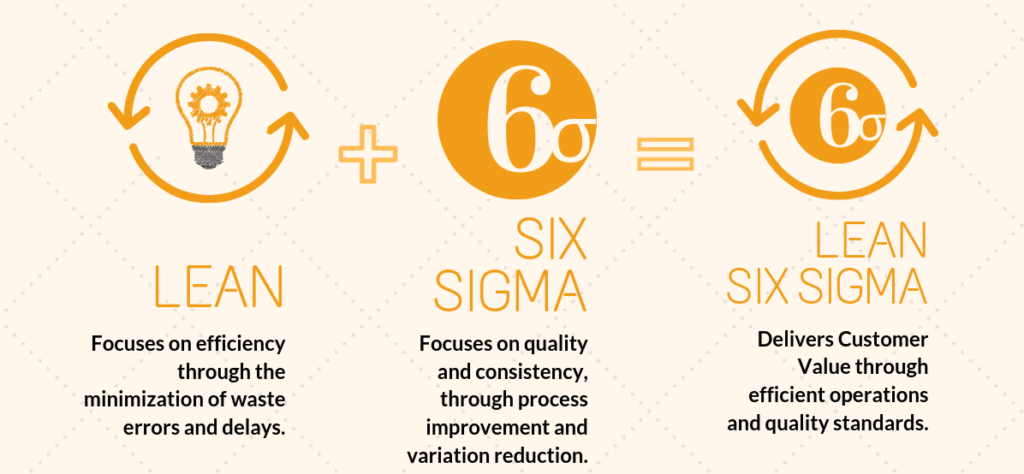Dayton Residents - Learn Lean Six Sigma’s History Here
Contact Us

It can be hard to keep up with Lean Six Sigma history since the methodology wasn’t introduced two years ago but rather in the 80s. Many methodologies are also involved that can complicate the process of understanding it. Fortunately, we have been using this methodology at Lean Six Sigma Curriculum for Dayton High School Students of Ohio for far too many years. We want to share the history with anyone who is interested and ensure that those who want to get introduced to it understand the basics of Sigma.
Before students enroll in any of the courses or training programs, we love to explain our history and purpose to them. This is something that is not uncommon for us for this reason, but also the fact that not many take the time to do some research about the methodology beyond “it is a good way to improve processes.”
LSS is, indeed, a method that focuses on customer satisfaction and continuous improvement. It also reduces costs and eliminates waste, and it is essential to maintain high quality and performance.
Lean Six Sigma has been reintroduced to other industries in recent years, and it is not limited to the manufacturing sector where it was first used anymore. Practitioners have proven that Lean Six Sigma works across more fields as long as the right processes and steps are followed.
Let’s now look back at history. LSS was founded to address the problem American companies were facing when Japanese companies dominated production and markets during the 1980s.
Japan used many methods to accomplish this feat, including the Kaizen method, which companies around the globe widely use.
The history of LSS and what is recorded reveals that American companies Six Sigma and Lean improved their performance and competed with Japan. They did so by combining the two core methodologies and obtaining LSS with some principles and elements added.
Which Methodologies Competed with LSS?
Before you can implement Lean Six Sigma or dig deeper into the past to understand how it developed, it is crucial to fully comprehend what other methodologies have competed with it or even influenced it:
- Kanban aims for workflow management.
- Kaizen refers to a philosophy that encourages self-improvement and customer satisfaction.
- Value stream mapping for optimizing process delivery.
They were all part of competing methods in the 80s and are still part of LSS’s bases today since the latter wanted to address all of the previous ones and surpass them so companies in the USA could reach the top.
Now, besides the previous ones, Lean and Six Sigma are the actual methodologies that are crucial in this history since LSS can be described as a combination of these two.
Six Sigma and Lean: What Are They?
Toyota invented Lean in the late 1940s to help reduce non-value-adding activities and concentrate on customer satisfaction. The Lean core values were created to support it and ensure companies were obtaining the best results:
- Your customers’ point of view is your guide.
- All work-related waste must be reduced.
- Keep your customers in mind and continue to improve with the solutions you find.
Toyota Production Systems (TPS) is the place where Lean was established. It is also where we first see its use. Japanese Taiichi Ohno was the founder of Lean. Some data suggests that Lean was founded on Henry Ford’s innovations in Business Process Redesign and other records dating back to the 30s and 40s when it was first created.

On the other hand, Motorola developed Six Sigma, and General Electric successfully used it at the time. Six Sigma, a process improvement method that dates back to the 1980s, was used first to reduce variability in manufacturing processes.
It is based on the DMAIC framework, which allows for processes and wastes to be identified, measured, and analyzed. They are then improved and monitored to ensure there is constant improvement.
You can work with the model in DMADV or DFSS versions. It is possible to measure and identify the most important indicators in a company thanks to how 6 Sigma operates.
This will allow you to identify areas where there is room for improvement.
LSS for Process Improvement
Let’s make 6 Sigma and Lean part of the history, but let’s not think that LSS is just a combination of the two.
This methodology was developed in the USA. Although it can be considered a mixture of Six Sigma and Lean, it also incorporates more principles that focus on establishing better systems.
Since its inception in the late 80s, it has been used in many industries. It is now a valuable addition to any curriculum because practitioners are sought-after throughout the country.
Contact Lean Six Sigma Curriculum Pros of Dayton if you’re interested in adding certification and training to your curriculum or if you want to offer LSS to students and workers.

